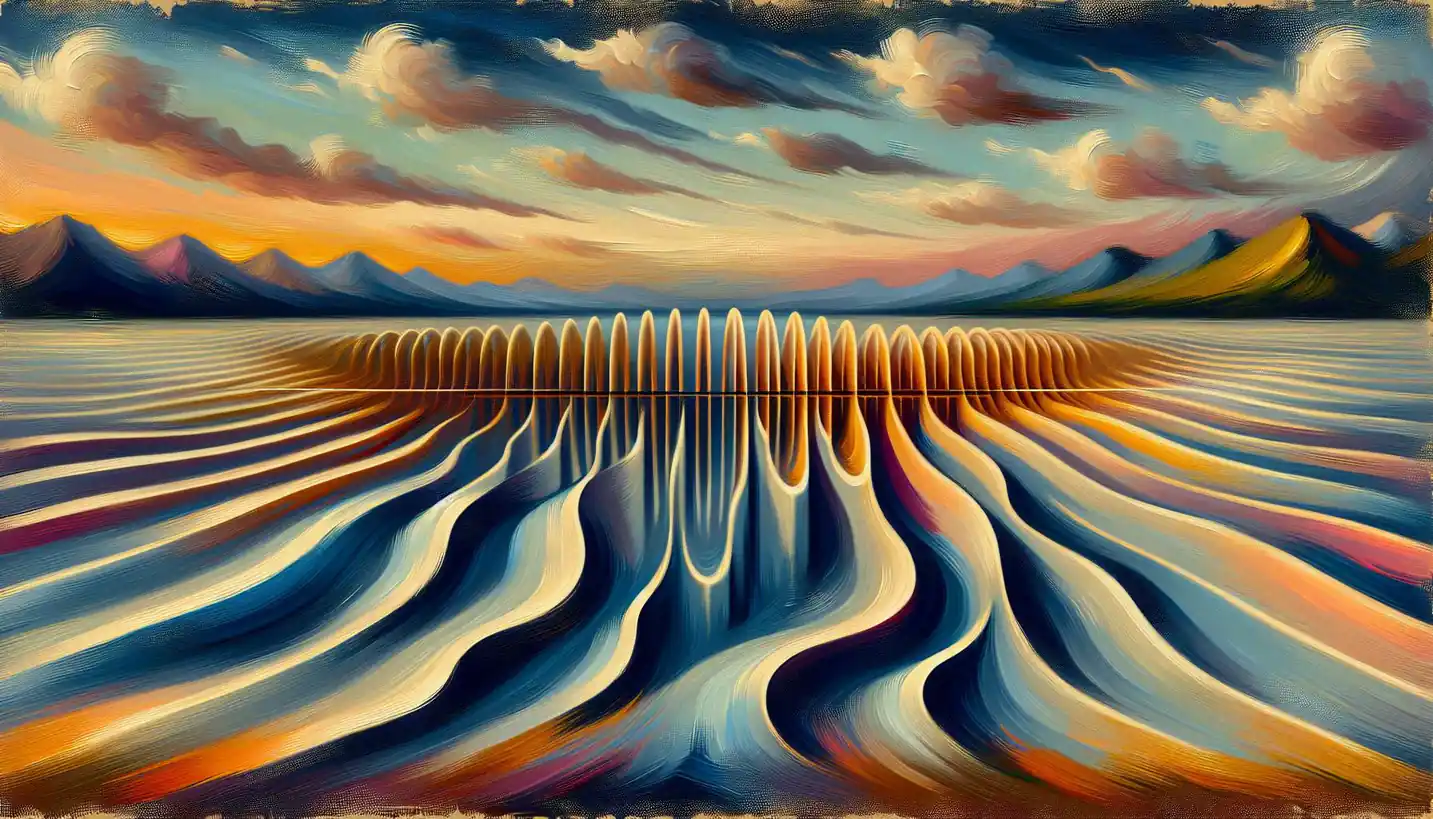· Physics · 5 min read
Differential Equations: Unlocking the Mysteries of Computational Physics
Differential equations are key to unlocking complex puzzles in computational physics. Discover how they shape our understanding of diverse physical phenomena.

You know, if you’ve ever found yourself wondering how we model everything from the swinging of a simple pendulum to the formation of galaxies, you’re diving right into the realm of differential equations. They’re like the Swiss Army knife of computational physics—versatile and indispensable.
To give you a sense, differential equations are mathematical tools that allow us to describe changes. Imagine you’re watching a snowman melt. Instead of simply noting he’s getting smaller, a differential equation can help predict how fast he’s shrinking at any given moment based on current conditions. That’s what makes these equations so powerful; they’re all about dynamic systems and changes over time.
What Are Differential Equations?
Let’s start with the basics. A differential equation is an equation involving an unknown function and its derivatives. In simpler terms, it’s a formula that shows how a quantity changes in relation to another. Picture driving a car: your speed is a function of time. A differential equation could model how you accelerate or decelerate based on factors like road conditions or how hard you press the gas pedal.
The Role in Computational Physics
In the world of physics, phenomena rarely stay the same. Everything is constantly in flux, from quantum particles to planetary systems. Physicists use differential equations to predict these evolving systems. They’re essential for modeling things that change continuously, like the flow of air over an airplane wing or the heat distribution in a metal rod.
In computational physics, solving differential equations often means simulating these changes using computers. Since many differential equations can’t be solved analytically (meaning you can’t just work them out with a simple formula), computers take over, using algorithms to get numerical solutions.
Historical Background
Differential equations have a rich history, dating back to the works of Isaac Newton and Gottfried Wilhelm Leibniz in the 17th century. Newton used them to formulate his laws of motion, which laid the groundwork for classical mechanics. Leibniz, co-developer of calculus, also contributed significantly to their development.
Over the centuries, these equations have become more sophisticated, empowering scientists to tackle increasingly complex problems. From Newton’s apple falling from the tree to Einstein’s equations of general relativity, differential equations have been at the heart of scientific discovery.
Real-World Applications
Differential equations aren’t just for theoretical physics. They’re everywhere!
Weather Prediction
Imagine you’re planning a picnic. You want to know if rain is likely, so you check the weather forecast. Behind the simple “70% chance of rain” prediction are complex differential equations modeling atmospheric conditions. These models factor in millions of pieces of data, from wind speed to humidity, to simulate the ever-changing weather patterns.
Medical Imaging
Have you ever wondered how doctors can see inside your body without making a single cut? Techniques like MRI and CT scans rely on differential equations. They process the signals that bounce off your internal organs to create detailed images, helping doctors diagnose conditions with precision.
Engineering Marvels
Think of modern engineering feats like bridges, skyscrapers, and dams. Engineers use differential equations to ensure these structures can withstand forces like gravity, wind, and earthquakes. They predict how materials will react over time under various conditions, ensuring safety and durability.
Numerical Solutions
Now here’s where computational physics shines. While some simple differential equations have straightforward solutions, many are too complex to solve by hand. That’s where numerical methods come in. Techniques like Euler’s method, Runge-Kutta methods, and finite element analysis break these problems into smaller, digestible parts.
Much like how you’d tackle a massive jigsaw puzzle one piece at a time, these methods use computers to approximate solutions. This allows physicists and engineers to simulate everything from the bending of light around a black hole to the stress distribution in a new bridge design.
The Future of Differential Equations
With advances in computing power, the potential applications for differential equations are increasing rapidly. Imagine simulating entire ecosystems to predict the impact of climate change or developing new materials by modeling atomic interactions on a computer.
Artificial Intelligence and Machine Learning
In the age of AI, differential equations are playing a role in developing smarter algorithms. By understanding how complex systems evolve over time, AI can make more accurate predictions and decisions, whether it’s optimizing logistics for a global company or developing personalized medicine.
Quantum Computing
Quantum computers, still in their infancy, promise to revolutionize the way we solve differential equations. Their ability to process information exponentially faster than classical computers could unlock solutions to problems currently too complex to tackle.
Why Should We Care?
Understanding differential equations gives us the power to predict, control, and innovate. They’re the key to unlocking mysteries in science and engineering, vital for addressing global challenges like climate change, renewable energy, and healthcare advancements.
By bridging the gap between mathematics and the real world, differential equations allow us to transform data into insights and shape the future of technology and society. So next time you marvel at a weather app’s accuracy or watch an exciting engineering project take shape, remember that differential equations are working behind the scenes, making the impossible possible.
Conclusion
Differential equations might seem intimidating at first, but they’re just mathematical expressions of things constantly shifting in our universe. From weather predictions to medical imaging and even the exploration of new technologies, these equations play a pivotal role in making sense of the complexities of nature.
By continuing to develop and apply differential equations, we can capture the essence of ever-changing phenomena and harness this knowledge to pave the way for remarkable scientific advancements. So, keep an eye on this intriguing field—it just might hold the key to the next big breakthrough.



